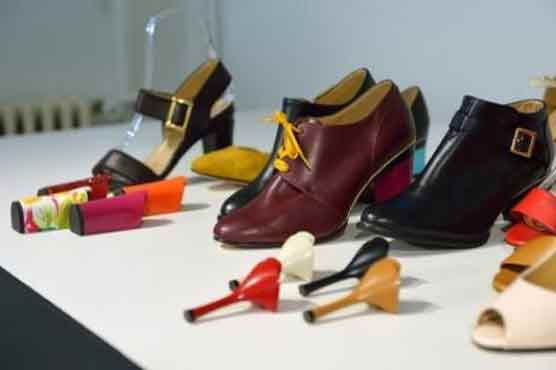Canadian brings France feminist high heel

The shoes are pitched at the high end of the market, starting at around 250 euros.

The shoes are pitched at the high end of the market, starting at around 250 euros.